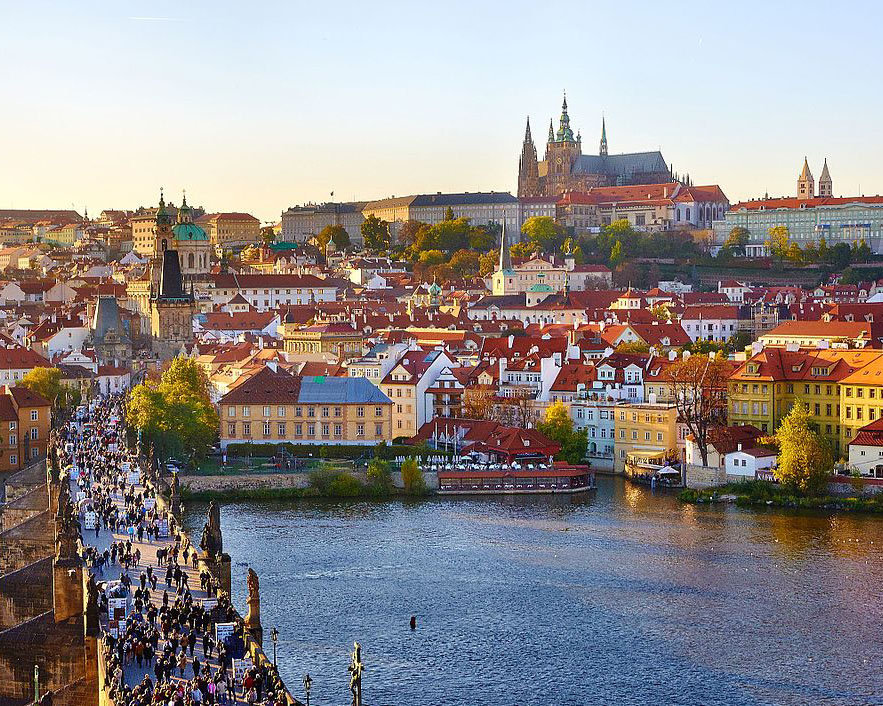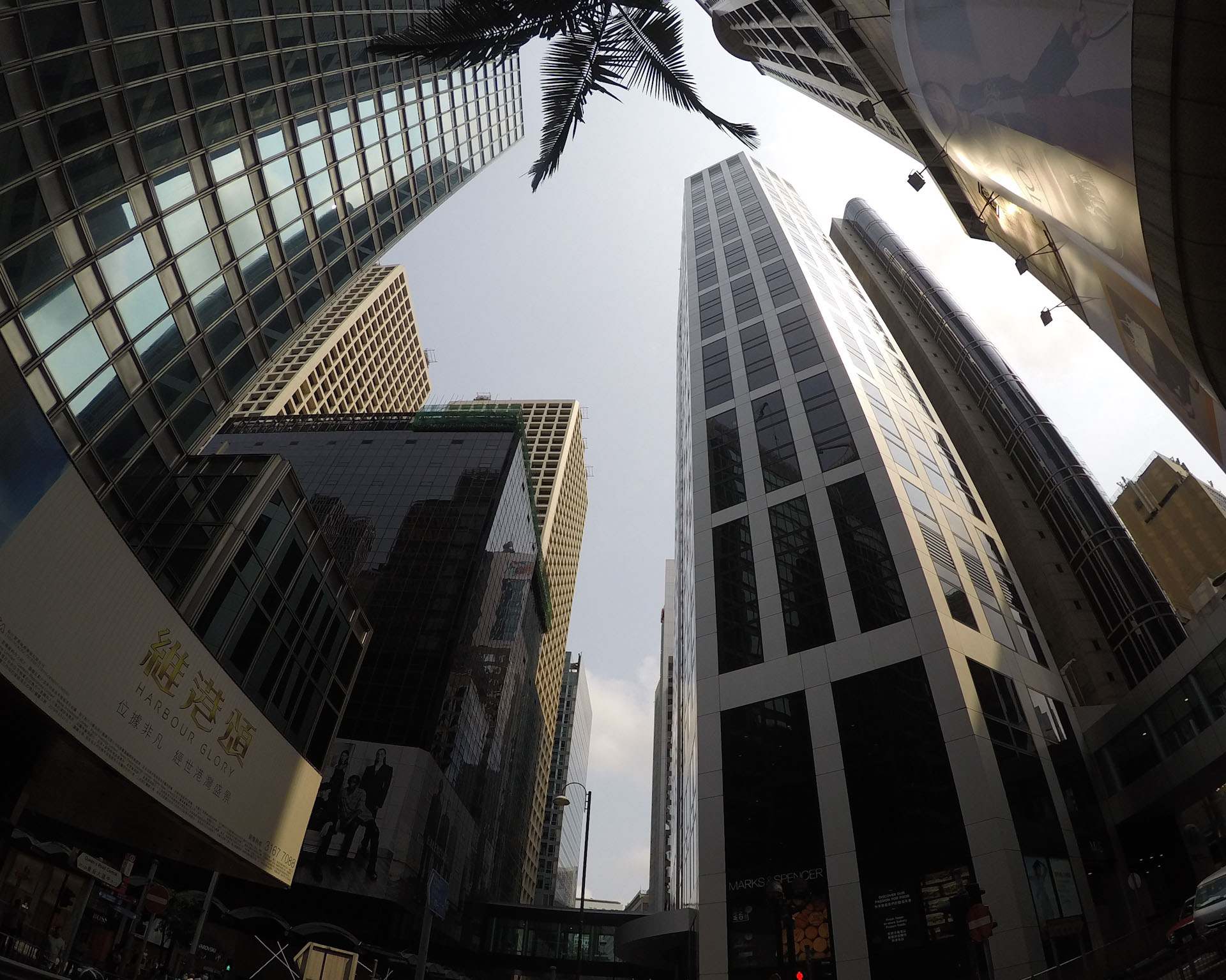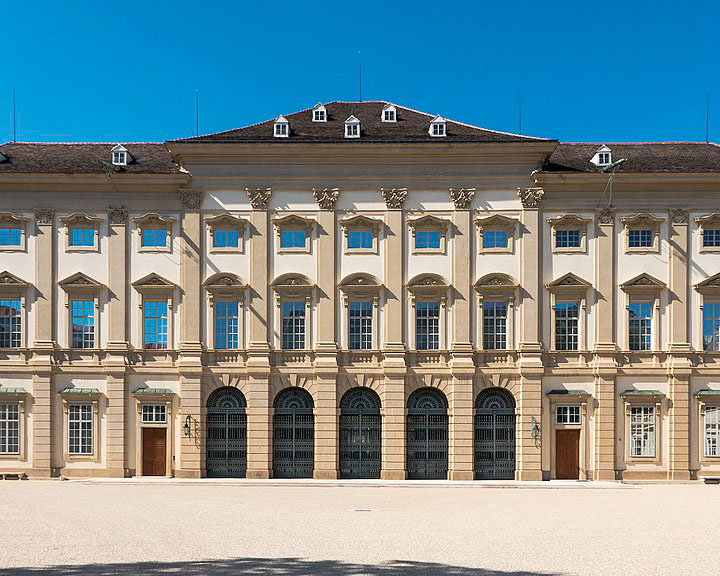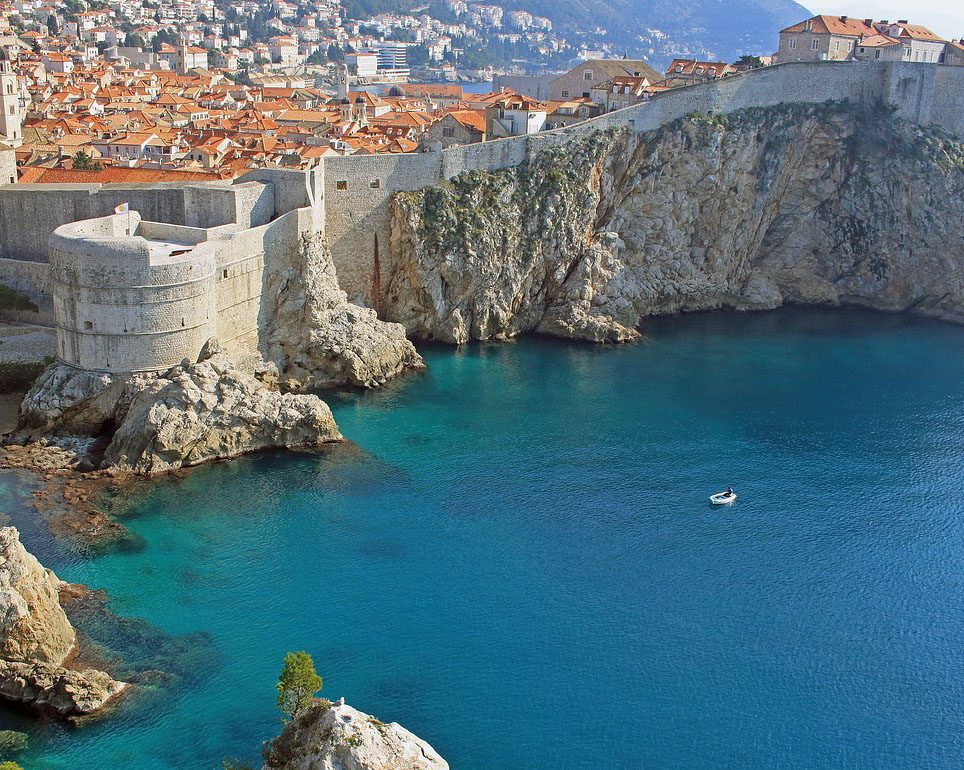How to plan a perfect trip to Prague? Firstly, determine the duration of your stay and make a list of all the attractions you want to visit.
Millions of tourists visit Prague each year, making it one of the most stunning and well-liked tourist sites in all of Europe. The city is well known for its gorgeous architecture, fascinating history, lively culture, and delectable food. But how can one organize the ideal vacation to Prague? What are the city’s top attractions and activities? Where do you reside and how do you get around? We will address all of these concerns and more in our comprehensive guide so you can get the most out of your visit to Prague.
When to Visit Prague
The optimal time to visit Prague should be taken into account while making travel plans. Prague has four unique seasons, each with their own benefits and drawbacks. Prague is most often visited between the months of March and May and September and November, when the weather is moderate and pleasant, flowers are in bloom or the leaves are changing color, and there aren’t as many people about. These are the most popular times of year, but they are also the most costly because of increased costs for lodging and travel.
Prague’s busiest season, from June to August, sees a surge in visitors and activities. Warm and bright, but also muggy and changeable, is the weather. Long wait times, higher pricing, and limited availability are to be expected for the major attractions. The summer offers a wide variety of outdoor activities, festivals, and concerts providing you don’t mind the people and the heat.
Prague’s low season, from December to February, is when the city is less congested and more affordable. Snowy and cold, but also enchanted and charming, is the weather. The Christmas markets, ice skating rinks, and cozy cafés all provide a festive ambiance that you may take advantage of. You should, however, be ready for shorter days, shortened hours of operation, and even shutdown of certain sites.
How Long to Stay in Prague
How long to remain in Prague should be taken into account after that. Since Prague is a compact, tiny city, you can explore the majority of its attractions in a few days. However, you may want to stay longer if you want to discover more of its hidden jewels, museums, galleries, and districts.
To visit the key sights in the Old Town, Lesser Town, and New Town, including the Charles Bridge, Prague Castle, the Astronomical Clock, and the Jewish Quarter, you should plan to stay in Prague for at least three days. A day excursion to one of the surrounding attractions, including Kutna Hora, Cesky Krumlov, or Karlstejn Castle, is also an option.
If you have more time, you may remain in Prague for up to five days or a week, which will let you explore more of its history, culture, and art. The National Museum, the National Gallery, and the Museum of Communism are just a few of the top galleries and museums in Prague that you may visit. You may also visit some of Prague’s less well-known neighborhoods, such Vinohrady, Zizkov, or Holesovice. Additionally, you may travel by day or even by night to other Czech cities or areas.
How to Get Around Prague
Planning a vacation to Prague also involves thinking about transportation. The metro, tram, and bus lines of Prague’s outstanding public transit system cover the majority of the city. Prague’s metro system is by far the quickest mode of transportation. The city’s center and its surrounds are serviced by three separate lines. Another practical method of transportation in Prague is the tram. The historic areas are traversed by a number of tram lines that provide beautiful scenery along the way. The bus is mostly used to go to locations that are not accessible by tram or metro.
Public transit tickets are available at metro stations, newsstands, and vending machines. You have a choice of single tickets, which are good for 30 or 90 minutes, short-term passes, which are good for 24 or 72 hours, or long-term passes, which are good for one month or more. Before beginning your travel, you must verify your ticket by stamping it at a yellow machine. By tapping it at a validator, you may also use a contactless credit card or mobile device as a ticket.
Where to Stay in Prague
Where to stay is a crucial choice to make while organizing a vacation to Prague. Prague boasts a wide variety of neighborhoods, each with its own personality, setting, and attractions. You may choose from a range of lodging alternatives, including hotels, flats, hostels, and guesthouses, depending on your tastes, financial situation, and travel style.
The Old Town, Prague’s historical and cultural centre, is the most popular region to stay in. Numerous famous sites may be found here, including the Old Town Square, the Charles Bridge, and the Astronomical Clock. Additionally, there will be vibrant buildings, quaint cobblestone streets, and busy cafés and restaurants all around you. You should make reservations well in advance and be prepared to pay more since this region is also the most costly and busy.
The Lesser Town, situated across the river from the Old Town, is another popular place to stay in Prague. There are several stunning cathedrals, castles, and gardens in this more tranquil and romantic neighborhood. The Prague Castle, which dominates the skyline and provides breathtaking views of the city, is the major draw here. There are also a ton of little bars, art galleries, and boutique stores in this area. You should be ready for some uphill trekking, too, since this region is also fairly expensive and mountainous.
Consider staying in an area outside the city center if you want to have a more genuine and local experience. Vinohrady, Zizkov, or Holesovice are a few of the greatest choices. Although less touristic and more residential, these regions nonetheless contain a ton of activities including parks, museums, marketplaces, and nightclubs. Here, you may also discover more palatable and roomy lodging choices like flats or guesthouses. These regions are distant from the major attractions, thus getting about will need the use of taxis or public transit.
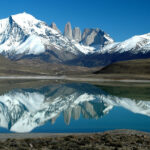
Experience the Magic of Patagonia
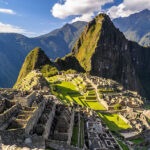
How Machu Picchu changed the World
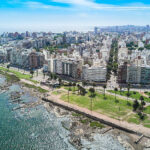
Uruguay, a Destination for Digital Nomads






